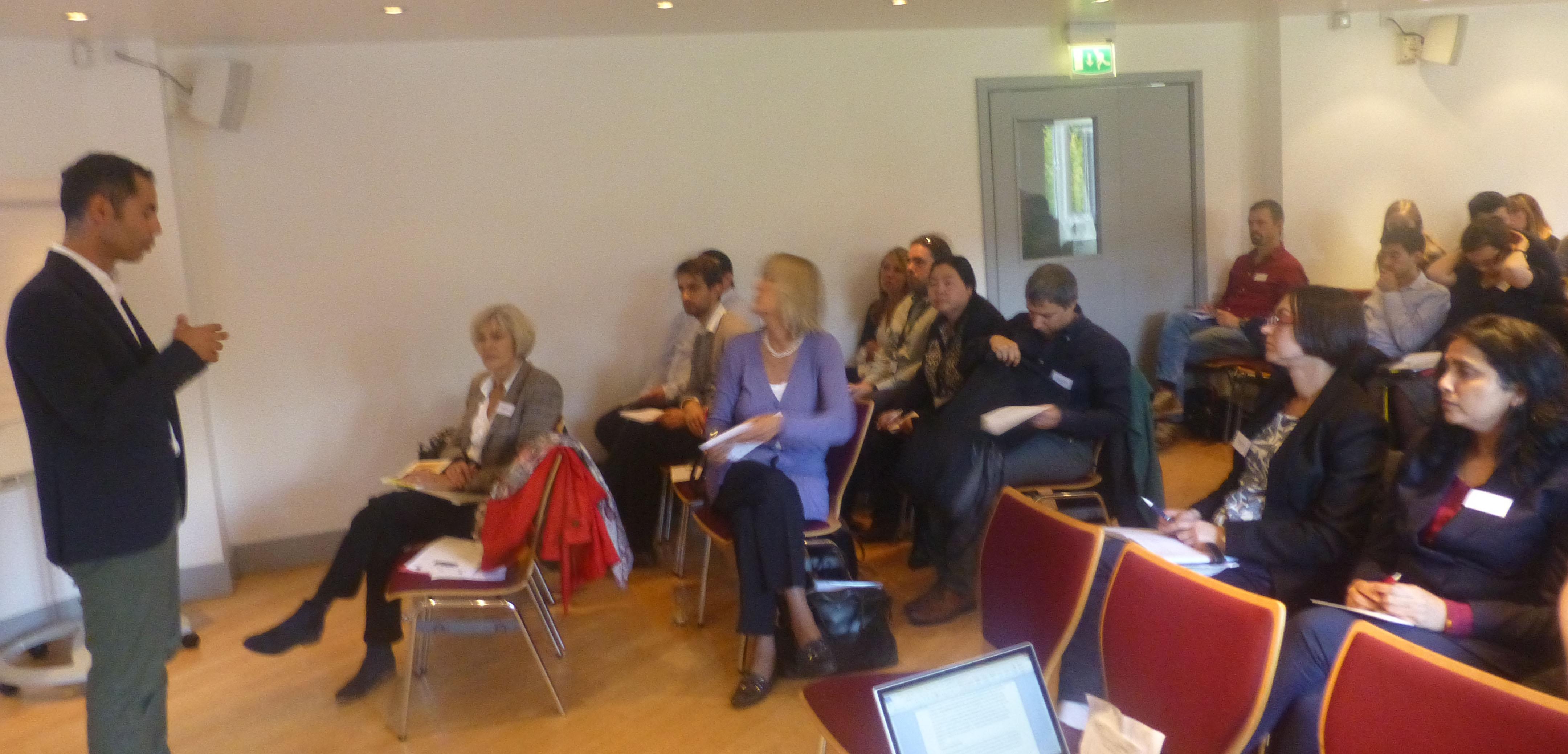
UK Humanised Mouse Symposium
Mr Kourosh Saeb-Parsy (Cambridge), Prof Giovanna Lombardi (KCL) and Prof Kathryn Wood (Oxford, in absentia) welcomed the delegates to the inaugural UK Humanised Mouse Symposium. They re-iterated that the symposium was established in order to promote sharing of knowledge and expertise centred on the generation, characterisation and use of humanised mice, and specifically to promote multidisciplinary collaborations.
View event programme here
Introduction
Kourosh Saeb-Parsy (Cambridge) gave an overview of the need for humanised mouse models, their development, characterisation and potential applications.
Regulation and public perception of humanised mouse research
Dr Martin Vinnell (Cambridge) outlined the importance of regulation in this emerging field of research but reiterated that with appropriate engagement between regulators (including the Home Office) and researchers no significant regulatory hurdles were anticipated. Mr Tom Holder (London) followed by discussing the need for continued public engagement and openness in animal research.
Generation and characterisation of humanised mice
Mr Fadi Issa (Oxford) summarised the need for humanised mouse models and reviewed different strategies for their creation. The PhD student from the group of Mr Kourosh Saeb-Parsy (Cambridge) then described the use of tissue from HLA-typed (‘DR4’) deceased human organ donors for the generation of both humanised mice and autologous (self) and allogeneic (non-self) stem cell-derived regenerative cellular therapies. Dr Fang Xiao (KCL) next described the generation of humanised mice using umbilical cord blood and outlined the ex vivo generation of regulatory T cells to prevent rejection of islets in a humanised mouse model.The session was concluded by Dr Aidan Synnott (Charles River) who outlined application of humanised mice to immuno-oncology and toxicology testing.
Novel technologies in humanised mouse research
Dr Brian Soper (Jackson Laboratories) presented a webinar overview of the human innate and adaptive immune system, followed by details of the main humanised mouse models in current use or under development. Dr Henrique Veiga-Fernandes (StemCell2MAX) described the physiological niche for the development of haematopoietic stem cells and important factors for their growth and maintenance. Miss Yvonne Diener (Miltenyi Biotec) concluded the session by summarizing some of the strategies available for the isolation of HSCs.
Experimental applications of humanised mice
Dr Marcus Dorner (Imperial College London) opened the session by describing the application of different humanised mouse models to study of the immune response to viral infections, including development of vaccines. Miss Kate Milward (Oxford) described the abrogation of rejection of human skin using regulatory T cells in a humanised mouse model. Dr Sarah Howlett (Cambridge) described the generation of humanised mice to study autoimmunity. Mr Dominic Boardman (KCL) described a protocol for the expansion of regulatory T cells from human donors. The session was concluded by Dr Cristiano Scotta (KCL) who described the generation of ex vivo expanded polyclonal regulatory T cells for kidney transplant recipients.
Summary and conclusion
Mr Kourosh Saeb-Parsy (Cambridge) expressed his gratitude to his colleagues from Cambridge, Oxford and KCL for their help in organising a very informative meeting. He also expressed his gratitude to all the speakers and sponsors of the meeting.
The 2016 UK Humanised Mouse Symposium was confirmed for Sep. 23 2016 (Please refer to 'Events' for more details.)
See the full event Programme and Report
The 2015 UK Humanised Mouse Symposium was supported by:


